I’ve been working in Oregon almost a month now and it’s been wonderful. This is my first job post graduation and I’m often asked what I’m up to and just what exactly I do at work.
What my grandmother thinks I do: She has no idea what I do or why it’s important, but is completely certain that I am cold and need more socks. Also, she can’t believe that camping is considered “fun” or a part of my job. She is also certain I will perish due to a bear attack or snake bite.
What my friends think I do: Prance around outside trying to become the next instagram celebrity and do “fake” science because I work in the field instead of in a laboratory.
What some of the public thinks I am doing: Wasting government money and trying make a bunch of new rules and regulations.
What I actually do:
I take a variety of different measurements at random and targeted riparian sites across central Oregon. I follow Assessment Inventory and Monitoring (AIM) protocol to evaluate sites and provide comparable stream data including wetted width, channel dimensions, canopy cover, invasive and native species presence or absence, and bank stability to name a few. All across the west, other field crews are following the same protocol to monitor their riparian areas in their state. Together, all the data provides a broad look at water resources and can be used for different management and research purposes.
It’s pretty cool data and is going to be really useful. In my head, I think of myself as a Bio Gypsy. I travel the lands and get to know each stream for a short while before moving on. I collect data and coax macro-invertebrates into jars. It’s a self appointed silly title for a useful and actually serious job.
My goal this summer is to communicate science more effectively to everyone and hope that I can get people from all types of backgrounds to understand the importance of monitoring stream health and collecting data. I want to return to these sites years from now and see improvement and diversity in the landscape thanks to the data we are collecting this summer. I’m hoping I can get more people to care and see the value in the service my job provides for them and their communities. I’ll keep you posted on my progress!
Cheers and happy trails,
Dakota Keller, Prineville District BLM office
P.S. The pictures below are from AIM training in Logan, Utah. Two weeks of jamming an entire manual’s worth of knowledge into my brain, being calibrated as a crew to get precise and accurate data was intense. Somehow, we found time to get to know all of this season’s field crews and hopefully get to rendezvous for a wrap-up at the end of the summer.

First wonderful day in Logan Canyon camping for AIM training!

Third day of AIM training we woke up to a wild surprise. My grandma isn’t wrong, I do need warmer socks.








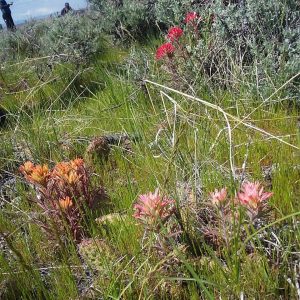
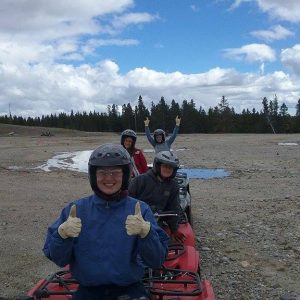
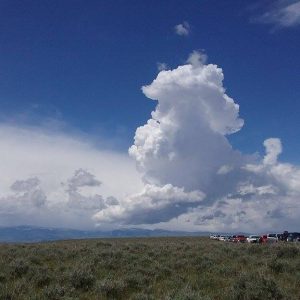

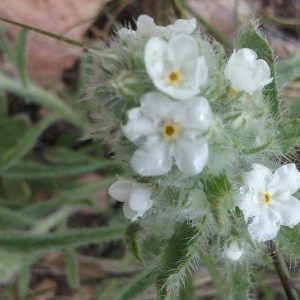
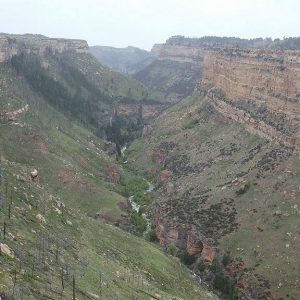








 pulation after a long days work, and later mapped it out in ArcMap. It is so rewarding and interesting to see exactly where it is on a map after being there all day. I’m really excited to learn more about GIS. Now that I’ve received my access card, here in my SIXTH week, I can start working with our wonderful GIS wizard at the BLM.
pulation after a long days work, and later mapped it out in ArcMap. It is so rewarding and interesting to see exactly where it is on a map after being there all day. I’m really excited to learn more about GIS. Now that I’ve received my access card, here in my SIXTH week, I can start working with our wonderful GIS wizard at the BLM.


















